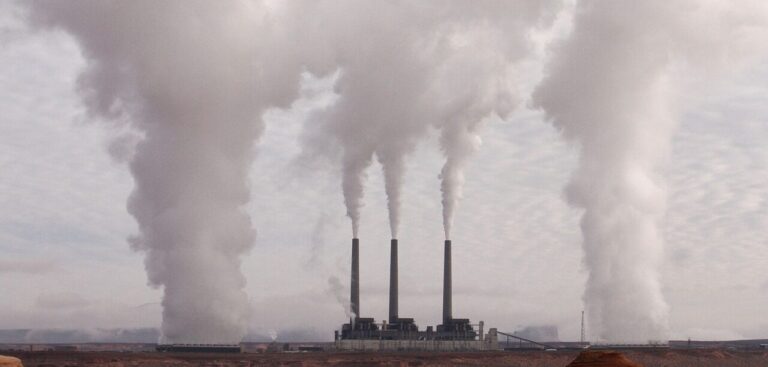A prototype project coordinated by the European Centre for Medium-Range Weather Forecasts (ECMWF) to monitor anthropogenic CO2 emissions worldwide has moved into its final year.
The Copernicus CO2 service (CoCO2) is on track to feed into a permanent anthropogenic greenhouse gas emissions Monitoring and Verification Support Capacity (CO2MVS). This capacity will provide continuous monitoring of CO2 and methane (CH4) emissions and fluxes using a combination of observations and Earth system modeling.
CO2MVS is being developed as part of the EU’s Copernicus Atmosphere Monitoring Service (CAMS) implemented by ECMWF. A key element of the CoCO2 project is the ability to separate natural occurrences of CO2 or CH4 from anthropogenic ones. To do this, the system will combine many data sources that provide information about different parts of the full carbon cycle. These include observations of atmospheric CO2, CH4 and nitrogen dioxide (NO2); vegetation models; and prior knowledge about emission sources.
The progress of CoCO2 means that a prototype of the CO2MVS should be ready by the end of the year. The prototype system will then be implemented as a pre-operational service within CAMS in parallel with further development of the system.
Richard Engelen, project coordinator of CoCO2 and deputy director of CAMS, said, “Once the CO2MVS is up and running, we will have the tools to monitor anthropogenic greenhouse gas emissions globally and locally. This will provide vital data and tools to support efforts to keep global warming in check.”
The CO2MVS is expected to become fully operational in 2026, at the same time as the launch of a dedicated Copernicus satellite mission, CO2M, that will provide observations of CO2 and CH4.
Future observations
As part of the Copernicus Sentinel program, the European Space Agency (ESA) and the European Organisation for the Exploitation of Meteorological Satellites (EUMETSAT) are developing a constellation of satellites to support the CO2MVS.
They will be able to measure concentrations of CO2 and CH4 in the atmosphere with an unprecedented combination of accuracy, coverage and detail. The satellites will observe the entire globe in just a few days and will be able to look at individual carbon dioxide and methane sources, such as power plants and fossil fuel production sites. They are expected to go into operation in 2026.
The CORSO projects
A new project in support of the CO2MVS started on January 1, 2023. This EU-funded project, called CORSO (CO2MVS Research on Supplementary Observations), intends to support CO2MVS development and enhance its ability to assess anthropogenic CO2 emissions.
It focuses on the use of observations of co-emitted species (e.g. NO2 and CO), radiocarbon and the land biosphere to better distinguish between the effects of fossil fuel and biospheric fluxes on atmospheric CO2 concentrations.
Anna Agusti-Panareda, an ECMWF scientist working on the CoCO2 project, said, “As the last year of CoCO2 begins, the different elements of the ambitious CO2MVS capacity are coming together. We hope that by the end of the year, a first phase of the CO2MVS can begin before it becomes fully operational in 2026.”
This article was originally posted on the ECMWF website, and can be viewed here.
Headline and opening paragraph adapted to suit the Meteorological Technology International website. Content shared under Creative Commons — Attribution 4.0 International — CC BY 4.0



